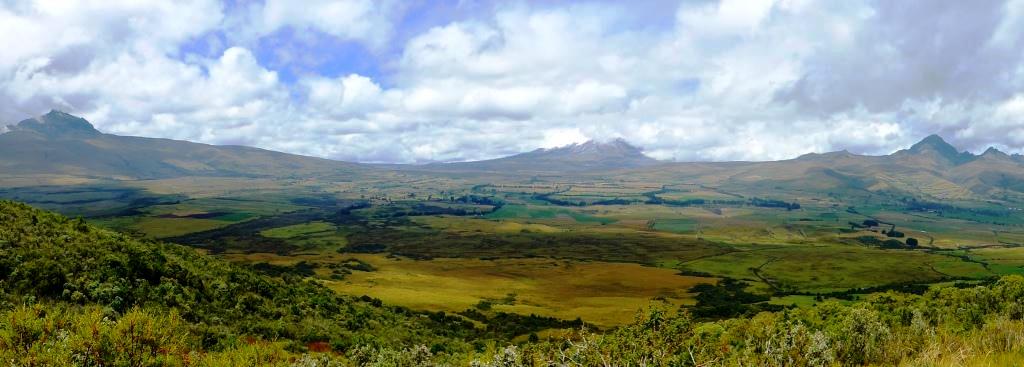Land tenure rights for indigenous peoples in Central America

The recognition of land rights for indigenous people is crucial for the preservation of lives and livelihoods around the world. Today, an estimated 2.5 billion people depend on indigenous and community lands, however only approximately one fifth of this land is legally owned by indigenous people. As competition over the use of lands and control of natural resources is increasing, the issue of land rights adds a further dimension of complexity to countries efforts towards economic growth. In response, governments, financial institutions, and developmental agencies are working together to foster collaboration across all sectors in order to strengthen the rights of indigenous communities particularly where land and natural resources are concerned.
In Central America, FAO and the World Bank have promoted inclusive policies on land tenure through the Voluntary Guidelines on the Responsible Governance of Tenure (VGGT) and the Land Governance Assessment Framework (LGAF), addressing in particular, the nexus between natural resources management, climate smart agriculture and indigenous peoples.
Through several land administration projects, FAO and the World Bank have joined forces to support governments in Central America, and are strongly committed to strengthen the land tenure rights of indigenous territories and communities in Honduras, Nicaragua and Guatemala.
Recently, at an historic signing ceremony held on April 2016 in Puerto Lempira, Honduras, the President recognized more than one million hectares of land to 12 regional councils of Misquito’s Indigenous Peoples. The event also included the launch of a Plan of Action for the Development of La Mosquitia 2016-2017, a project promoting the conservation of natural resources and sustainable management of indigenous Miskito territory. The second phase of a Land Administration Program (called PATH II), financed by the World Bank with strong technical support from FAO Investment Centre, completed the delimitation and registration of 11 new inter- communal titles in the Mosquitia region, covering more than 1 million hectares and benefitting 17,500 indigenous families.
In Nicaragua, with the support of two World Bank Land Administration Projects in 2006 and in 2013, 22 indigenous territories received titles, benefitting 27,300 indigenous families, on lands amounting to 31% of the national territory.
In Guatemala, through another Land Administration Project also financed by the World Bank with technical support from FAO, a new legal framework and regulations that recognizes communal lands from the cadaster point of view has already benefitted five indigenous and small farming communities with more entitlements foreseen. On the strength of this project, FAO developed a further initiative to strengthen local governance and territorial management in communal lands, and supported the government to prepare a new investment project in Guatemala.
“These examples show that adequate land administration helps foster economic growth whilst also supporting indigenous peoples to safeguard their territories and protected areas.” said Fabrice Edouard, FAO Agricultural Investment Officer.
For more information see:
FAO: Land tenure; Indigenous peoples
World Bank: Land Governance Assessment Framework
Photo Credit to © FAO/Fabrice.Edouard.
